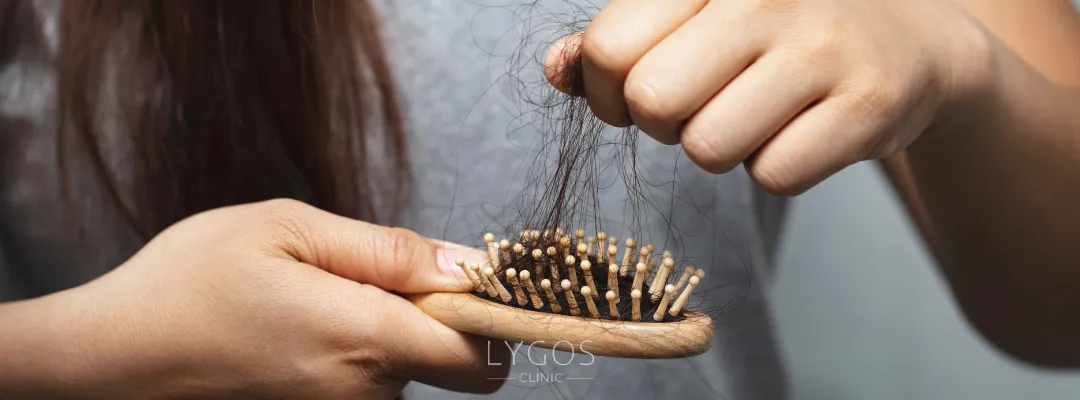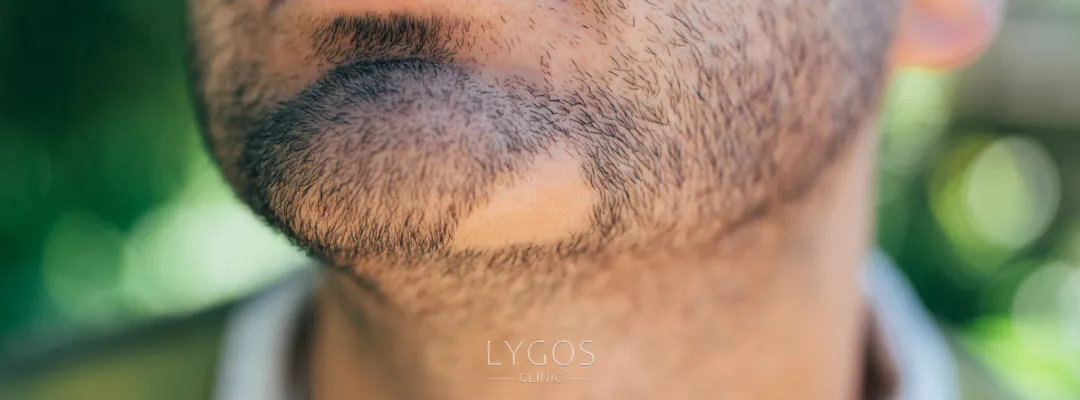Alopecia Barbae: Beard Loss
Beards are considered a symbol of masculinity and self-identity. Hair loss in the beard area can have a negative impact both psychologically and aesthetically. Alopecia barbae, a condition that causes hair loss, specifically targets the beard area. You can compare this condition with alopecia areata. The difference is that it causes irregular hair loss in your beard instead of your scalp. Beard loss is usually the result of an autoimmune disease.
The immune system attacks your hair follicles, leading to patchy baldness. Symptoms of beard alopecia usually appear as small circular patches in the jawline area. It can also appear on the cheek, sideburns and under the mouth. Although the exact causes are unknown, there are many predisposing factors among the causes of beard alopecia. Stress, gender, genetics, certain medications, etc. can significantly worsen beard loss.
Although beard loss is not a life-threatening condition, it can have a significant impact on one’s mental health. In this comprehensive blog post, we will explore alopecia barbae in more depth, detailing its causes, symptoms, diagnosis and treatment options. Understanding this condition is crucial for those affected. Here’s all you need to know about beard loss, alopecia barbae…
How Does Alopecia Barbae Work?

Beard loss is a type of alopecia areata that causes specific hair loss in the beard area. Genetic factors can increase the risk of developing alopecia barbae and other autoimmune disorders. Infections or other underlying conditions can also affect beard loss. In most cases, the first signs of beard alopecia are small, circular patches of hair loss in the beard area.
Over time, these patches can grow and merge. This can result in more prominent bald patches or the complete loss of facial hair. Experts continue to investigate the causes of beard loss. The outcome of the research is not known, but there are many theories.
There are three different phases that each hair follicle goes through. These are known as:
- Anagen phase
- Catagen phase
- Telogen phase
In beard alopecia, there is an early termination of the anagen phase. This process leads to excessive beard shedding in the telogen phase. Another theory is a deficiency or dysfunction of regulatory T cells. Your body’s white blood cells attack the hair follicles and trigger hair loss. Sometimes, the autoimmune reaction can damage or scar the hair follicles. This process can prevent hair regrowth even after treatment of the underlying disease. A better understanding of beard loss can help to control it effectively.
What are the Symptoms of Alopecia Barbae?

Compared to male pattern baldness, alopecia barbae can be easily identified by its unique appearance. Typically, patches of hair loss are usually the size of a coin. It is not uncommon for hair to fall out in more than one area. So, what are the symptoms of Alopecia Barbae?
Exclamation Marks:
One of the first symptoms that may be present is the appearance of “exclamation mark hairs”. These hairs become progressively smaller as they get closer to the root. An attack by the immune system on the hair follicle is the cause of the appearance of exclamation marks.
Beard Loss:
During the progression, you may have some bald spots on your face. These may be small and circular. They can also appear larger and irregularly shaped. As the hair follicles become inactive, they cannot produce new hair. This causes bald spots in your beard area.
Total Alopecia:
Alopecia barbae usually occurs with hair loss covering a specific area. Sometimes hair loss also occurs in other areas, such as the scalp, eyelashes or eyebrows. This is known as alopecia totalis or alopecia universalis.
Hair Regrowth:
In some cases, hair may spontaneously regrow in the affected areas. However, this is temporary and the hair loss cycle starts again.



